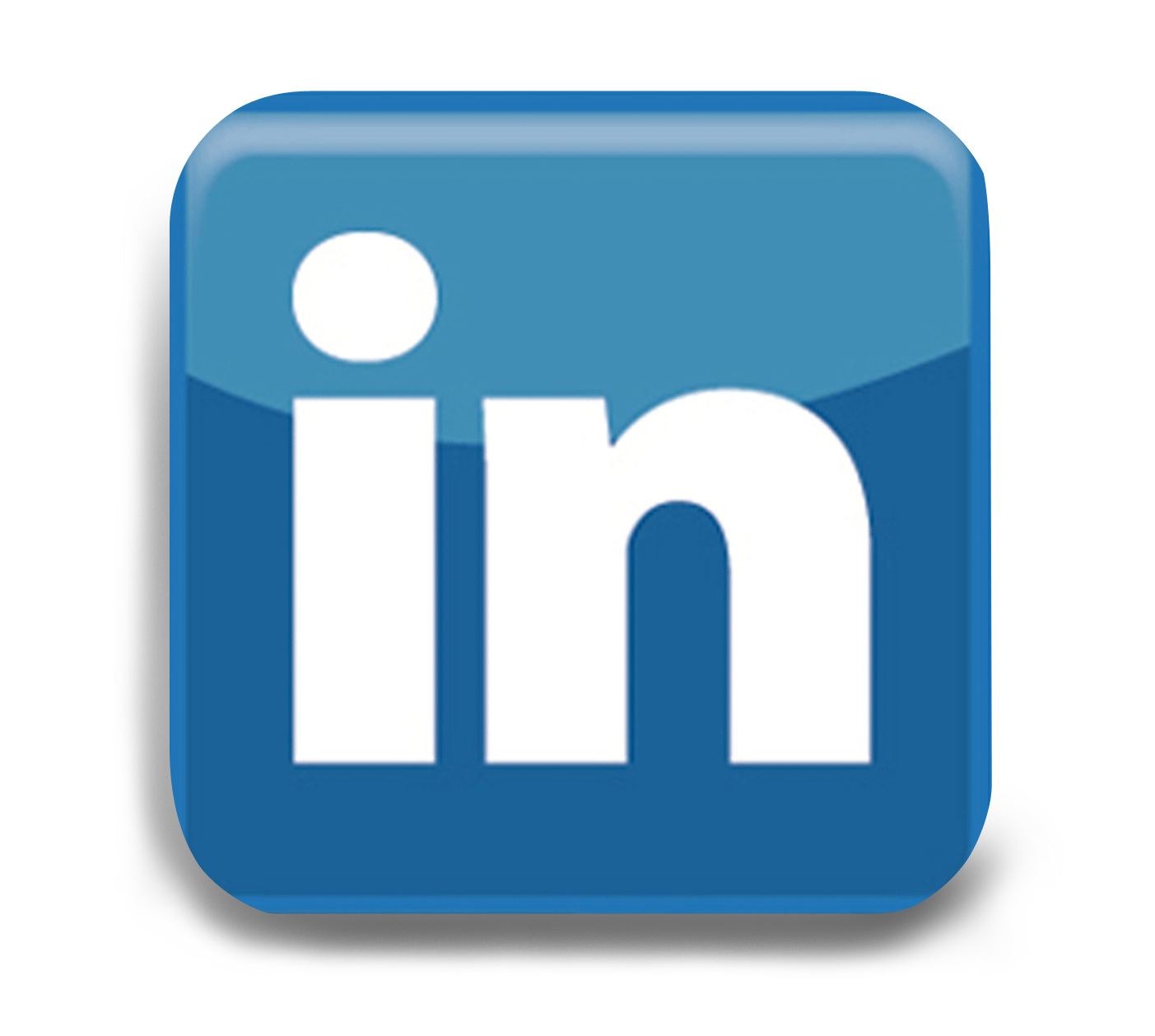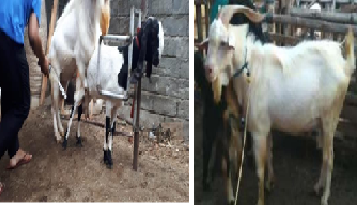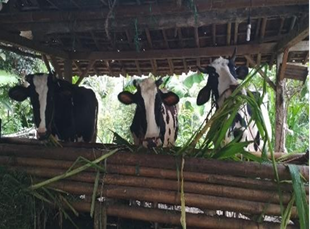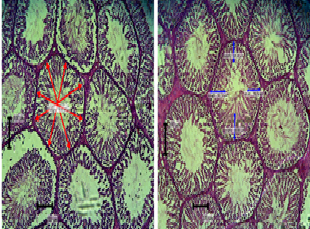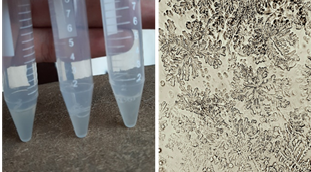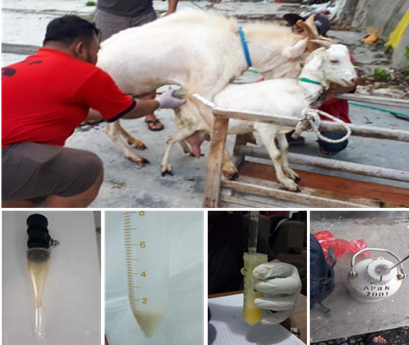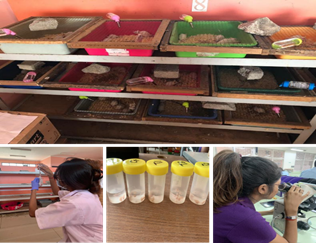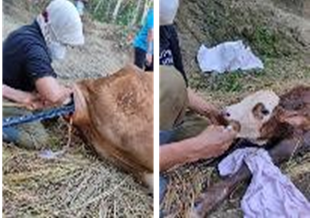Bulldog calf born to Limousin-Peranakan-Ongole crossbred cow after insemination with Simmental bull semen
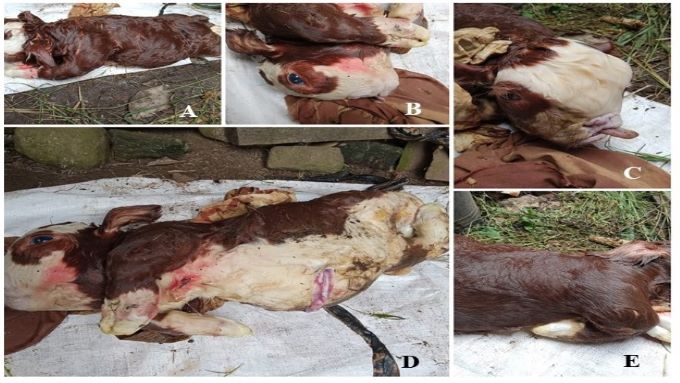
Downloads
This case describes a bulldog calf born to Limousin-Peranakan-Ongole (LimPO) crossbred cow after insemination with frozen-thawed Simmental bull semen. The dam was a four year old LimPO crossbred cow, with a bodyweight of 380 kg; she was 8.5 months pregnant and has never had any reproductive disorders before. Signs of impending calving appeared at 6 am, and the discharge was normal, but until noon the calf had not been born. Body temperature was 38°C, while other vital signs were normal. Vaginal exploration revealed a completely opened cervix, and the calf was alive, in posterior longitudinal presentation with palpable short hindlegs. The calf was delivered per vaginam with traction. The calf was male with a weight of 15 kg, and was alive, but after a few minutes, the calf died. The monstrous calf was found with morphological defects including a smaller compressed body, head resembled those of a bulldog with a short muzzle and an undershot jaw, shortened fore- and hindlegs, and ascites abdomen. The dam was given 70, 000 IU procaine penicillin G and 70 mg dihydrostreptomycin sulphate (Penstrep-400, Interchemie, Holland), 0,3 g diphenhydramine HCl (Vetadryl, Sanbe, Indonesia), 10 mg vitamin B12 (Jectavit B12, Sanbe, Indonesia) by intramuscular injection. The dam looked healthy, and had normal appetite after the delivery assistance.
Adeyemi IG, Aina OO. 2019. Arthrogryposis with attendant features of achondroplasia in Gudali calf of Nigerian cattle breed at Akinyele International Cattle Market, Ibadan, Southwest Nigeria: an epizootiologic investigation. Niger J Anim Prod. 46: 27-32.
Agerholm JS, Arnbjerg J, Andersen O. 2004. Familial chondrodysplasia in Holstein calves. J Vet Diagn Invest. 16: 293-8.
Agerholm JS, Menzi F, McEvoy FJ, Jagannathan V, Drögemüller C. 2016. Lethal chondrodysplasia in a family of Holstein cattle is associated with a de novo splice site variant of COL2A1. BMC Vet Res. 12:100.
Blowey RW, Weaver DA. 2011. Chapter 1 - Congenital disorders. In: Blowey RW, Weaver DA (Eds). Color Atlas of Diseases and Disorders of Cattle. 3rd Ed. Mosby Ltd. 1-11.
Cabrera CL, McNabb BR, Woods SE, Cartoceti AN, Busch RC. 2016. Hydrops associated with chondrodysplasia of the fetus in a miniature Scottish Highland cow. J Am Vet Med Assoc. 248: 552-6.
Cavanagh JA, Tammen I, Windsor PA, Bateman JF, Savarirayan R, Nicholas FW, Raadsma HW. 2007. Bulldog dwarfism in Dexter cattle is caused by mutations in ACAN. Mamm Genome. 18: 808-14.
Ciepłoch A, Rutkowska K, Oprządek J, Poławska E. 2017. Genetic disorders in beef cattle: a review. Genes Genomics 39: 461-71.
Dittmer KE, Thompson KG, Hogan T. 2017. Severe generalised chondrodysplasia in miniature cattle breeds. N Z Vet J. 65:282-3.
Gonçalves D, Rignol G, Dellugat P, Hartmann G, Sarrazy Garcia S, Stavenhagen J, Santarelli L, Gouze E, Czech C. 2020. In vitro and in vivo characterization of Recifercept, a soluble fibroblast growth factor receptor 3, as treatment for achondroplasia. PLoS One. 15: e0244368.
Jacinto JGP, Häfliger IM, Letko A, Drögemüller C, Agerholm JS. 2020. A large deletion in the COL2A1 gene expands the spectrum of pathogenic variants causing bulldog calf syndrome in cattle. Acta Vet Scand. 62: 49.
Koltes JE, Mishra BP, Kumar D, Kataria RS, Totir LR, Fernando RL, Cobbold R, Steffen D, Coppieters W, Georges M, Reecy JM. 2009. A nonsense mutation in cGMP-dependent type II protein kinase (PRKG2) causes dwarfism in American Angus cattle. Proc Natl Acad Sci. 106: 19250-5.
Latter MR, Latter BD, Wilkins JF, Windsor PA. 2006. Inheritance of proportionate dwarfism in Angus cattle. Aust Vet J. 84: 122-8.
Moura E, Prado AMRB, Pimpí£o CT, Murakami CT, Ribeiro DR. 2014. Genetic and Pathoanatomical Features of the Bovine Prenatal Lethal Chondrodysplasia . Hereditary Genet 3: 1-5.
Murgiano L, Jagannathan V, Benazzi C, Bolcato M, Brunetti B, Muscatello LV, Dittmer K, Piffer C, Gentile A, Drögemüller C. 2014. Deletion in the EVC2 gene causes chondrodysplastic dwarfism in Tyrolean Grey cattle. PLoS One 9: e94861.
Muscatello LV, Benazzi C, Dittmer KE, Thompson KG, Murgiano L, Drögemüller C, Avallone G, Gentile A, Edwards JF, Piffer C, Bolcato M, Brunetti B. 2015. Ellis-van Creveld Syndrome in Grey Alpine Cattle: Morphologic, Immunophenotypic, and Molecular Characterization. Vet Pathol. 52: 957-66.
Prasad VD, Ravi Kumar P, Hari Krishna NVV, Raghunath M, Bhagya Raju D. 2016. Achondroplasia in buffalo, cow and ewe. J Livest Sci. 7: 211-4.
Sartelet A, Klingbeil P, Franklin CK, Fasquelle C, Géron S, Isacke CM, Georges M, Charlier C. 2012. Allelic heterogeneity of Crooked Tail Syndrome: result of balancing selection? Anim Genet. 43: 604-7.
Struck AK, Dierks C, Braun M, Hellige M, Wagner A, Oelmaier B, Beineke A, Metzger J, Distl O. 2018. A recessive lethal chondrodysplasia in a miniature zebu family results from an insertion affecting the chondroitin sulfate domain of aggrecan. BMC Genet. 19: 91.
Susanti I, Ihsan MN, Wahjuningsih S. 2015. Effect of male breed on ai calf growth at Subdistrict Bantur Malang Regency. J Ternak Tropika 16: 41-7,
Uzar T, Szczerbal I, Serwanska-Leja K, Nowacka-Woszuk J, Gogulski M, Bugaj S, Switonski M, Komosa M. 2020. Congenital Malformations in a Holstein-Fresian Calf with a Unique Mosaic Karyotype: A Case Report. Animals (Basel) 10: 1615.
Whitlock BK, Kaiser L, Maxwell HS. 2008. Heritable bovine fetal abnormalities. Theriogenology 70: 535-49
Windsor PA, Cavanagh JA, Tammen I. 2006. Hydrops fetalis associated with pulmonary hypoplasia in Dexter calves. Aust Vet J. 84: 278-81.
Copyright (c) 2022 Yuriati

This work is licensed under a Creative Commons Attribution-ShareAlike 4.0 International License.
Ovozoa by Unair is licensed under a Creative Commons Attribution-ShareAlike 4.0 International License.
1. The journal allows the author to hold the copyright of the article without restrictions.
2. The journal allows the author(s) to retain publishing rights without restrictions
3. The legal formal aspect of journal publication accessibility refers to Creative Commons Attribution Share-Alike (CC BY-SA).
4. The Creative Commons Attribution Share-Alike (CC BY-SA) license allows re-distribution and re-use of a licensed work on the conditions that the creator is appropriately credited and that any derivative work is made available under "the same, similar or a compatible license”. Other than the conditions mentioned above, the editorial board is not responsible for copyright violation.










